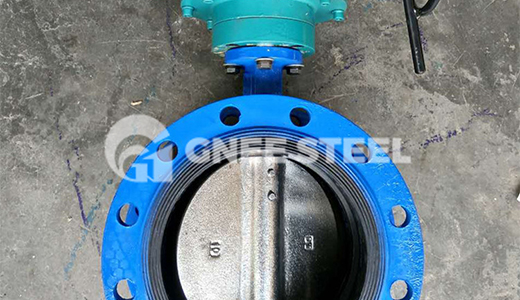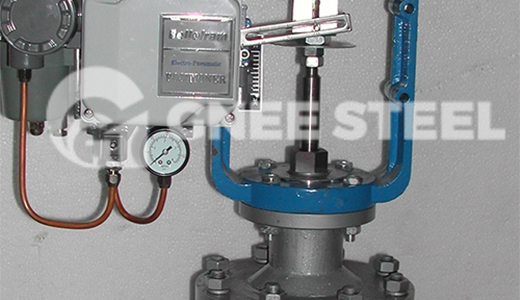Valve electric actuators are mainly used in power plants or nuclear power plants because a smooth, stable and slow process is required in high-pressure water systems. The main advantages of electric actuators are high stability and constant thrust that users can apply. The thrust generated by the largest actuator can be as high as 225000kgf. Only hydraulic actuators can achieve such a large thrust, but the cost of hydraulic actuators is higher than that of electric actuators. Much higher. The anti-deviation ability of electric actuators is very good, and the output thrust or torque is basically constant. It can well overcome the unbalanced force of the medium and achieve accurate control of process parameters, so the control accuracy is higher than that of pneumatic actuators. high. If equipped with a servo amplifier, the forward and reverse effects can be easily interchanged, and the off signal valve position state (maintained/fully open/fully closed) can also be easily set. When a fault occurs, it must stay in the original position. This is What the pneumatic actuator cannot do, the pneumatic actuator must use a combined protection system to maintain its position.
- The main disadvantages of electric actuators are:
The structure is more complex and more prone to failure, and due to its complexity, the technical requirements for on-site maintenance personnel are relatively high; the motor generates heat when running, and if it is adjusted too frequently, it is easy to cause the motor to overheat and generate thermal protection. It will also increase the wear of the reduction gear; in addition, it runs slowly. It takes a long time from the regulator outputting a signal to the regulating valve responding and moving to the corresponding position. This is why it is not as good as pneumatic and hydraulic execution. place of the device.

The actuator and adjustment mechanism of the valve pneumatic actuator are a unified whole. Its actuators include diaphragm type and piston type. The piston type has a long stroke and is suitable for occasions requiring larger thrust; while the diaphragm type has a smaller stroke and can only directly drive the valve stem. Because pneumatic actuators have the advantages of simple structure, large output thrust, smooth and reliable action, and safety and explosion-proof, they are widely used in power plants, chemical industries, oil refining and other production processes with high safety requirements.
- The main advantages of pneumatic actuators:
It accepts continuous gas signals and outputs linear displacement (after adding a power/gas conversion device, it can also accept continuous electrical signals). Some can output angular displacement after being equipped with a rocker arm.
It has positive and negative functions.
Movement speed is high, but becomes slower as load increases.
The output force is related to the operating pressure.
The reliability is high, but the valve cannot be maintained after the air source is interrupted (it can be maintained after adding a retaining valve).
It is inconvenient to realize segmentation control and program control.
It has simple inspection and maintenance and good adaptability to the environment.
The output power is larger.
With explosion-proof function.


